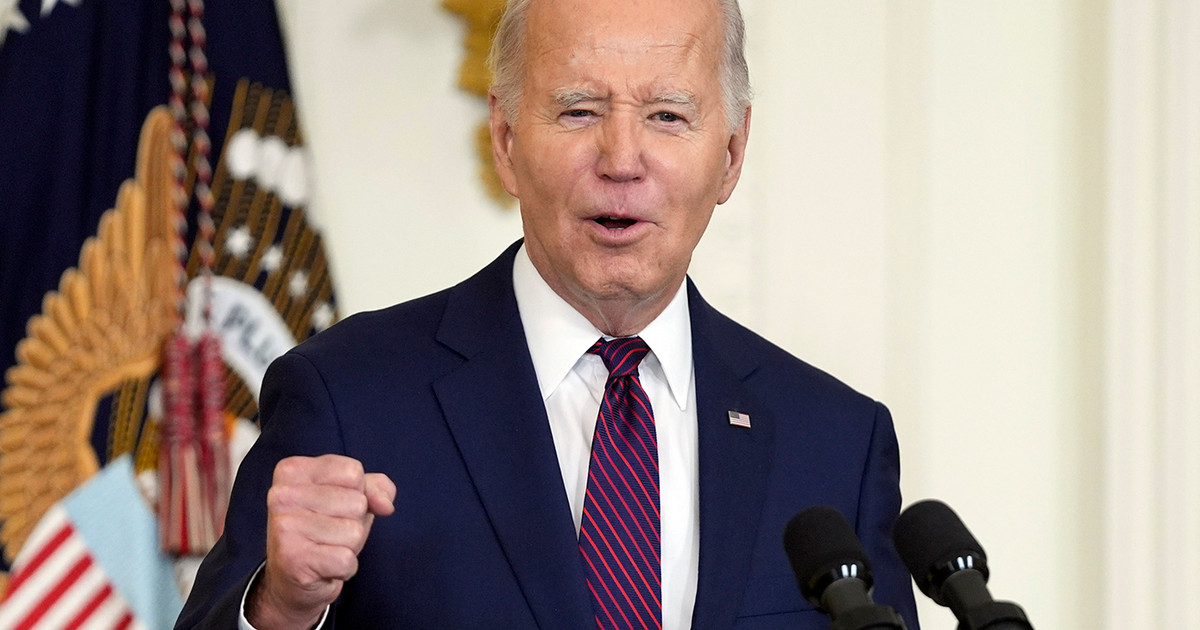In late August of last year, a solar-powered drone called the Zephyr almost broke one of aviation’s most enduring records.
The unmanned aircraft, operated by the US Army and produced by Airbus, flew for 64 days, 18 hours and 26 minutes before unexpectedly crashing in the state of Arizona – just four hours short of breaking the record for the longest continuous flight in history.
The record was set 64 years ago, in 1959, by Robert Timm and John Cook, who flew aboard a four-seater aircraft through the skies of Las Vegas for 64 days, 22 hours and 19 minutes.
It is impressive that the Zephyr – a light aircraft, with modern technology and that flies autonomously – has not been able to beat this mark. And even if it had, Timm and Cook would still have held the world record for the duration of a manned flight.
In fact, it’s unbelievable that Timm and Cook managed to stay in the air for so long, in an era that was closer to the Wright brothers’ first flight than it is today.
fuel problem
In 1956, the Hacienda hotel and casino opened at the southern end of the Strip, Las Vegas’ most famous avenue.
It was one of the city’s first family-oriented resorts and, in search of publicity, the hotel’s owner accepted the suggestion of one of his employees: fly a plane with the hotel’s name on the side, and use it to break the record duration of flight, which was almost 47 days in the air and had been established in 1949.
The employee was Robert Timm, a former World War II fighter pilot turned slot machine maintenance technician. He was paid $100,000 to organize the event, which was later linked to a fundraiser for cancer research.
Timm spent months modifying the aircraft, a Cessna 172: “It was a relatively new design,” said Janet Bednarek, an aviation historian and professor at the University of Dayton.
“It’s a spacious, four-seater plane known for being reliable and easy to fly – something you don’t have to pay attention to all the time. And when you’re on a long-haul flight, you want a plane that runs efficiently.”
Modifications included a mattress to sleep on, a small steel sink for personal hygiene, the removal of most interior fittings to reduce weight, and a very basic autopilot.
“The most important thing, though, was having a way to resupply,” Bednarek pointed out. “Until then, many aerial refueling experiments had been carried out, but there was no way to modify a Cessna 172 to be refueled in the air. They then created an extra tank that could be completed by a truck on the ground.”
When they needed to refuel, they would come down and fly very low, just above stall speed. The truck came and lifted a hose, and a pump transferred the fuel to the plane. It was a real demonstration of piloting skills, because sometimes they had to do it at night, and that required a lot of precision.
The fourth time it will work
Timm’s first three attempts ended abruptly due to mechanical failure, and on the longest flight he and his co-pilot were airborne for about 17 days. However, in September 1958, the record itself was surpassed by another team, also flying a Cessna 172: now the mark was more than 50 days.
For his fourth attempt, Timm chose John Cook, who was also an aircraft mechanic, to be the new co-pilot, as he failed to get along with the previous one.
They departed on December 4, 1958 from McCarran Airport in Las Vegas. As in the other attempts, the first step was to fly low over a car at high speed, to paint one of the landing wheels and rule out the possibility of a frame: “There was no way to track altitude and speed at all times”, he commented. Bednarek, “so they painted a white stripe on at least one of the tires. If they landed, the paint would be marked, and before landing they would check that no part of the paint had been scratched.”
At first everything went well, and the two spent Christmas in the air. Each time they refueled – flying over a very straight stretch of road along the California-Arizona border – they also received supplies and food, ready-to-eat dishes that the Hacienda restaurants packed in thermoses, which were easier to transport on the plane.
Toilet was done in a collapsible toilet, and the plastic bags of waste were then dumped in the desert. An extendable platform on the copilot’s side created more space for shaving and showering (a liter of water was sent every other day).
The two took turns sleeping, but with the incessant noise of the engine and aerodynamic vibrations, it was impossible to get a night’s rest. Due to sleep deprivation, on the 36th, Timm dozed off at the controls and the plane flew alone for over an hour at an altitude of just 4,000 feet. Autopilot saved their lives – and it stopped working just a few days later.
the end at last
On the 39th, the electric pump that sent fuel to the tanks failed, forcing them to complete the operation manually. On January 23, 1959, when they finally broke the record, the list of technical failures included, among other things, the cabin heater, fuel gauge and landing lights.
“The most important thing was that the engine kept running, which is really impressive. It’s been a long time flying. Even with fuel and lubrication, heat and friction alone can cause problems,” said Bednarek.
Still, the two stayed in the air and kept flying for as long as possible, to ensure the new record was impossible to beat. They held out for another 15 days, before finally landing at McCarran Airport on February 7, 1959, having flown nonstop for over two months and 150,000 miles (about 241,000 kilometers).
“They decided they were past the point where anyone was going to try to do this – and no one else has,” added Bednarek.
“I think they reached the limit and concluded that falling wasn’t going to be good, so they went down. They were in very bad shape: we know that this period of inactivity can be very bad for the body, and although they moved around in the aircraft, they couldn’t stand up or stretch, and obviously they couldn’t exercise or walk.”
“It’s like sitting for 64 days – that’s not good for the human body. They had to be carried off the plane.”
Will this record still be surpassed by a human crew? Bednarek believes this could only happen if the attempt involved an aircraft testing a new form of propulsion or energy source, to show its usefulness.
However, anyone wanting to attempt the feat should heed Co-Pilot John Cook’s warning, in response to a reporter who asked if he would do it again: “Next time I feel like doing an endurance flight, I’m going to lock it in a bin with the vacuum cleaner running, and Timm will feed me minced meat in a thermos to eat. That is, until my psychiatrist came to the office in the morning.”
Source: CNN Brasil
Bruce Belcher is a seasoned author with over 5 years of experience in world news. He writes for online news websites and provides in-depth analysis on the world stock market. Bruce is known for his insightful perspectives and commitment to keeping the public informed.






